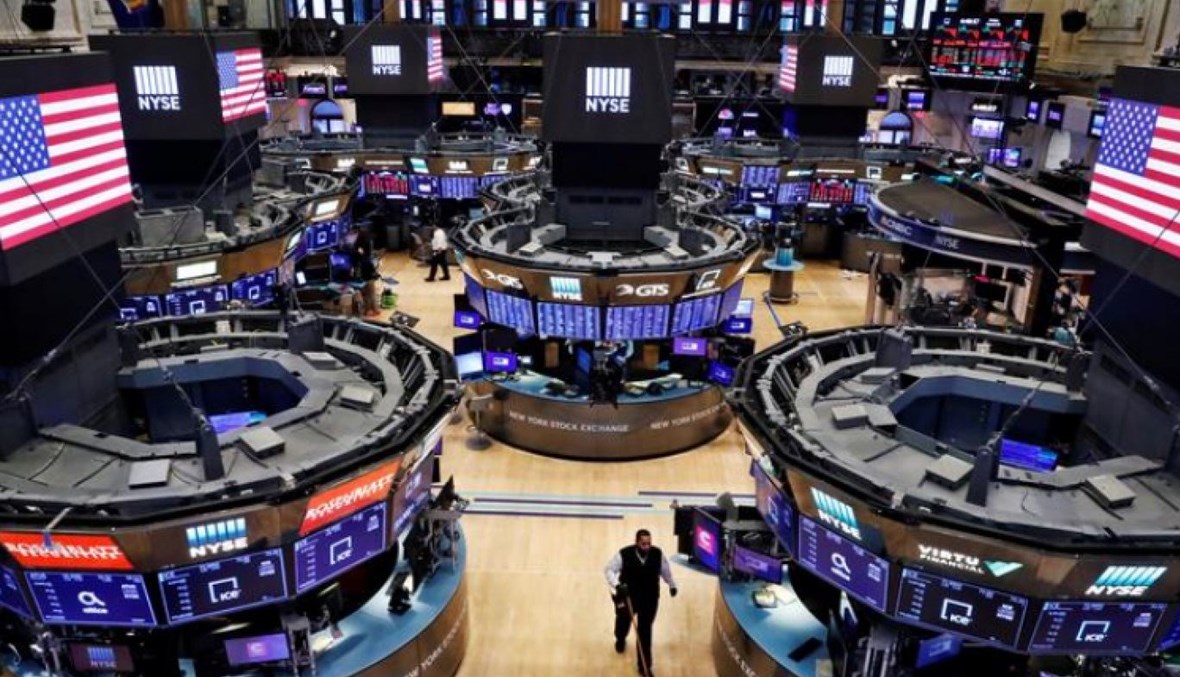U.S. consumer prices post largest annual gain in 40 years as inflation becomes widespread

Shafaq News/ U.S. consumer prices rose solidly in January, leading to the biggest annual increase in inflation in 40 years, fueling financial markets speculation for a hefty 50 basis points interest rate hike from the Federal Reserve next month.
The broad increase in prices reported by the Labor Department on Thursday was led by soaring costs for rents, electricity and food, and could heap more political pressure on President Joe Biden, whose popularity has been declining amid anxiety over the rising cost of living.
High inflation, which has overshot the Fed's 2% target, could imperil Biden's economic agenda. Biden in a statement acknowledged the hardships American families are facing, but noted that "there are also signs that we will make it through this challenge." He was alluding to the unchanged reading in the prices of motor vehicles, one of the major drivers of inflation.
"For the Fed, this report provides another wake-up call. Inflation is here and it continues to make its presence known everywhere," said Alexander Lin, an economist at Bank of America Securities in New York. "We believe that today's print endorses the Fed to move more quickly, and the market will likely encourage the Fed to hike 50 basis points at the next meeting."
The consumer price index gained 0.6% last month after a similar increase in December. Food prices rose 0.9%, with the cost of food consumed at home increasing 1.0%. There were strong increases in the prices of cereals and bakery products, dairy, fruits and vegetables. Meat prices rose moderately. Electricity prices jumped 4.2%, offsetting cheaper gasoline and natural gas.
In the 12 months through January, the CPI jumped 7.5%, the biggest year-on-year increase since February 1982.
That followed a 7.0% advance in December and marked the fourth straight month of annual increases in excess of 6%. Economists polled by Reuters had forecast the CPI rising 0.5% on month and accelerating 7.3% on a year-on-year basis.
Effective with the January report, the CPI was re-weighted based on consumer expenditure data from 2019-2020. That increased the goods weight and trimmed services, accounting for some of the above-expectations increase in the CPI.
The economy is grappling with high inflation, caused by a shift in spending to goods from services during the COVID-19 pandemic. Trillions of dollars in pandemic relief fired up spending, which ran against capacity constraints as the coronavirus sidelined workers needed to produce and move goods to consumers.
Financial markets have priced in a 50 basis points increase in March, according to CME's FedWatch tool. Stocks on Wall Street fell, while the dollar was little changed against a basket of currencies. U.S. Treasury prices fell, with the yield on the 10-year note reaching 2% for the first time since August 2019.
Market predictions are partly driven by the fact that price pressures are broadening, with several measures of wage inflation increasing strongly in recent months.
But not all economists believe the Fed would move so aggressively on its first rate hikeas it would stifle economic growth. Many expect the central bank to raise rates by 25 basis points at least seven times this year.
"In this environment, an over-reactive Fed that starts tightening too much and too fast might mean that we end the year with much slower growth to accompany lower inflation," said David Kelly, chief global strategist at J.P. Morgan Asset Management in New York.
Excluding the volatile food and energy components, the CPI increased 0.6% last month, matching December's rise. It was the seventh time in the last 10 months that the so-called core CPI has increased at least 0.5%.
Underlying inflation last month was driven by a 0.5% increase in rents, the largest rise since May 2001. The rental vacancy rate is the lowest since 1984.
The core CPI was also boosted by strong gains in the prices for apparel, airline fares, household furnishings and operations as well as used cars and trucks. Healthcare costs rose 0.7%, lifted by hospital services and prescription medication. New motor vehicle prices were flat.
In the 12 months through January, the so-called core CPI jumped 6.0%. That was the largest year-on-year gain since August 1982 and followed a 5.5% advance in December.
Monthly inflation could slow in the coming months amid an easing in supply bottlenecks as coronavirus infections driven by the Omicron variant subside. With core goods now having more weighting in the CPI, the anticipated shift in spending back to services should also help to moderate inflation.
Goods imports increased to a record high in December as ships offloaded their cargo after months of delays because of labor shortages at ports. Wholesale motor vehicle inventories increased by the most in 10 years in December.
Still, high inflation will persist for a while, reflecting the delayed impact of rising wages. Employers are boosting compensation as they compete for scarce workers. There were 10.9 million job openings at the end of December.
"As the most immediate price distortions brought on by the pandemic and initial policy response unwind, wage pressures continue to build and point to a more persistent source of inflation," said Sarah House, a senior economist at Wells Fargo in Charlotte, North Carolina.
That was underscored by a second report from the Labor Department showing initial claims for state unemployment benefits fell 16,000 to a seasonally adjusted 223,000 for the week ended Feb. 5. Claims had jumped to a three-month high in mid-January as Omicron raged across the country.
But wage gains are being wiped out by inflation. Average weekly earnings adjusted for inflation fell 3.1% in January from a year earlier. According to economists at Moody's Analytics, inflation was costing the average household over $250 per month.
Source: Reuters





